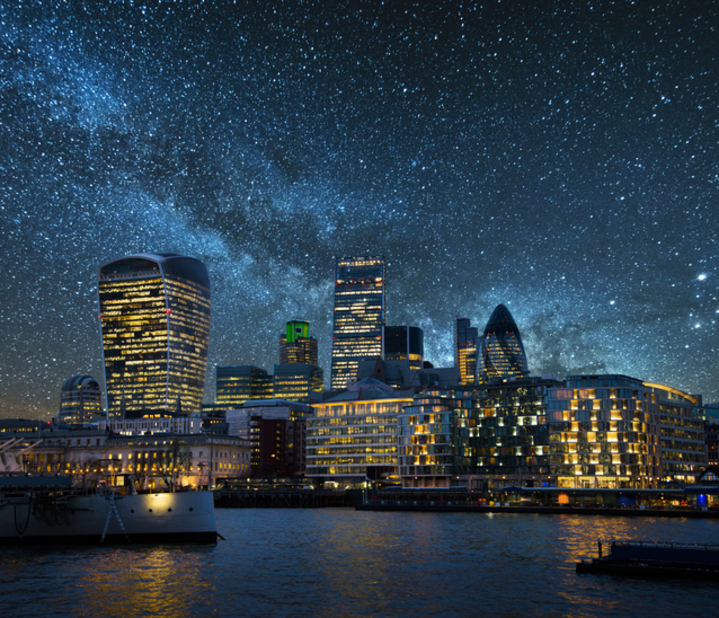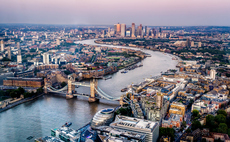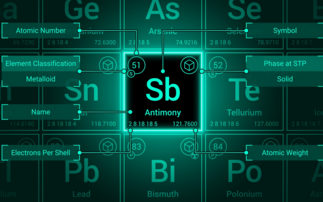The appearance, look and approach to the modern workspace is very different from where it was just five years ago.
The North Star

For many guests, smart buildings facilities are "the north star," the final end goal for the workspace, and the target for the collaboration between tech and facilities teams.
A smart building can do many things. It can automate bookings for parking spaces, rooms, desks and even catering. It can integrate with wayfinding to help staff find meeting rooms, and engage with people through sensors and monitoring systems to drive building management like heating, ventilation and air conditioning systems.
"It provides a more automated and more sustainable solution," said Adam.
"It is what I call a smarter workplace.," said one guest, but "the challenge is trying to get recognition at a senior level that that is worth investing in."
Nobody, in fact, had reached full smart status for their workspace yet, but they were making progress
"We have sensors in certain buildings that analyse the density for usage in the office space, primarily. We have not implemented the sensors everywhere, but we do some analysis in one building then move the sensor to another building, and that is forming the blueprint for our new building.
"It shows ‘This team - let us say corporate finance - utilise a space like this. HR utilise a space like this.' Therefore, that informs us in terms of how many desks we require and how we configure the space, particularly in new buildings."
Others had started to move down the road towards smarter workspaces, but had hit personal data barriers around identifying individuals.
"We wanted to have it so I could go into an office, click on my phone and there would be a map with wayfinding type stuff, where it showed where the rest of my team were - but, to do that, the individuals have to be identified, etc. That is a bit of a red flag."
As for the modern office Big Tech firms are pushing for - fully virtual in the metaverse and accessed through VR - leaders were sceptical. It was called "terribly depressing," and people insisted they were "plugged in enough." There was, however, high interest in exploring augmented reality applications.
Much like modern IT, the modern workspace has to be flexible, agile and smart. Nobody has solved all of its challenges yet, but forging strong relationships to bring together technology and facilities will be key to reaching that north star.






















